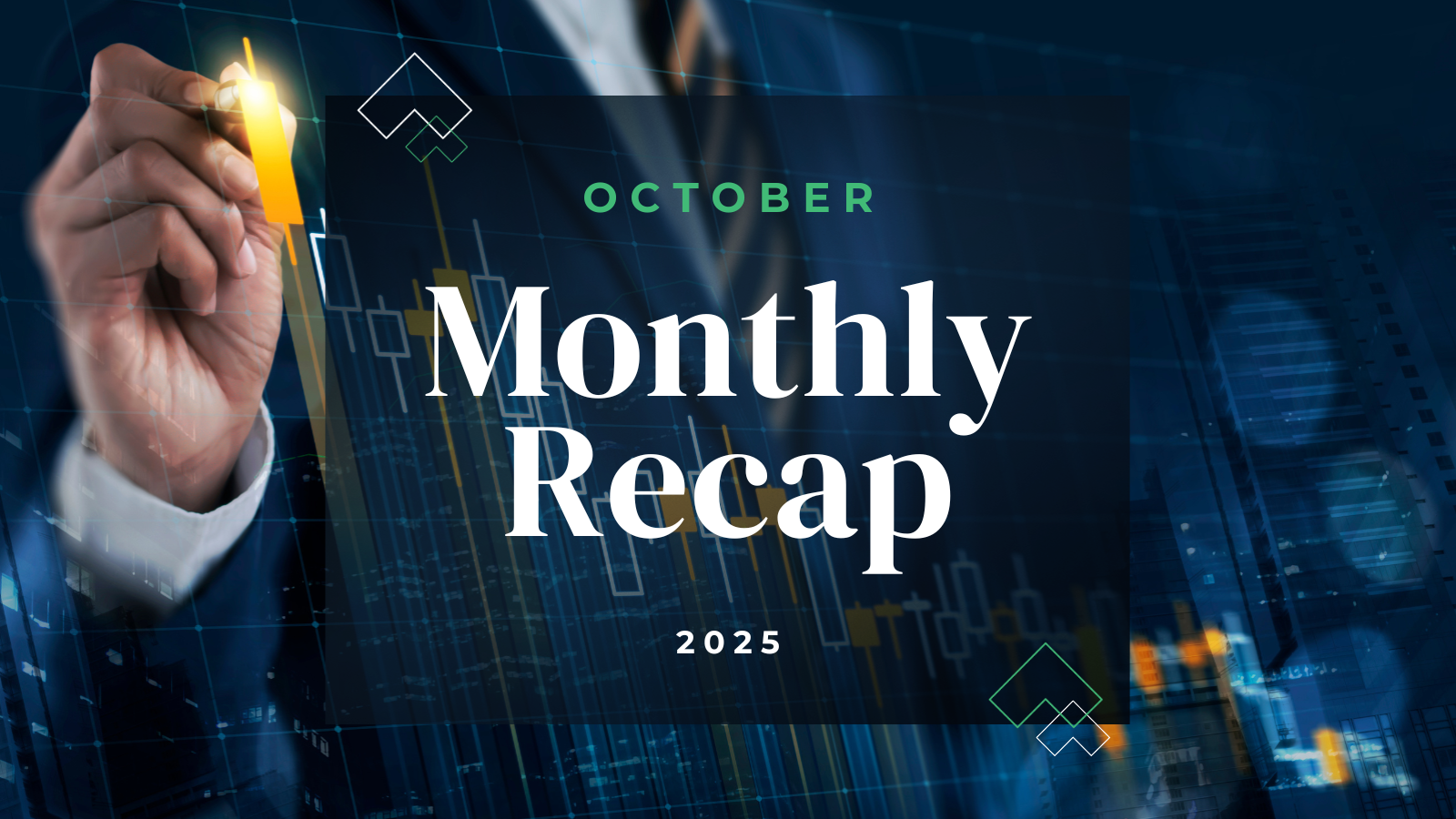
By Anna McDonald
The path around my grandma’s garden was always bathed in a kettle of midwestern sunlight. The garden sat between rolling hills in a valley filled with bright sun and very few trees. It was here, amongst butterflies, bees, and more pesky creatures, she left me her legacy.
As a kid, I spent hours with her in the garden, picking green beans, tomatoes, and ears of corn. Looking back now, I am not exactly sure why I was even there helping her. No one dropped me off or told me I had to go and help her, and she certainly would never ask for help. We lived within walking distance to my grandma and I would just wander over to her house whenever I wanted. Upon arriving, she would hand me the white galvanized bucket my great-grandma used in her garden, and we would make our way together to pick fresh vegetables.
The “garden” was her legacy – and only later in life did I realize this meant more than just the plants, vegetables, and farming tips she passed down to all of us. The garden was the perfect conduit for my grandma, allowing her to engage and help family members understand her values so they could be passed along to the next generation. She used those quiet, long summer days as we worked side by side and talked about anything and everything to help her kids and grandkids develop their self-worth and work ethic.
The days of simple acts like picking vegetables in the garden with my grandma occur much less frequently among families today. For ultra-affluent families, the burden of preserving generational wealth is more challenging and complex than ever. It will be difficult for a family to preserve its wealth for future generations if all family members do not understand they must contribute to the family enterprise’s critical components: human, intellectual and financial capital. This involvement does not mean all family members must work in the family business or take the same path in life as their grandparents or parents chose.
However, everyone should identify their own unique “garden”, just like my grandma did, and utilize it to add value to the larger family enterprise.
How do you preserve multigenerational wealth?
Families must maximize the critical components of family wealth if they are going to achieve continued success over generations. Maintaining the status quo where a family is merely reaping the benefits provided by previous generations and not always nurturing and contributing to the family enterprise will most likely expedite eroding the family wealth.

But how can families do this in today’s increasingly complex world? Like the time I spent with my grandma, there may be a glimpse of this past for families who vacation together. Time spent on the ranch, beach home, or vineyard together invokes attachment without all the outside pressures of everyday life – in essence, acting as the “garden” or outlet to pass family values from one generation to the next. While annual family vacations can help, these alone generally are not enough to create opportunities to impart family values and learn how to protect wealth.
The key to preserving multigenerational wealth is to remember it is a never-ending journey, not a destination.
Preserving family wealth often requires a lifetime of effective communication, ongoing learning and the establishment of intentional family goals. This is not an easy road to travel. But, take heart, the goal is to ensure every family member is an empowered leader who has the skills, confidence, and values to be happy and thrive independently of the family wealth itself. While it might seem like an overwhelming task, there are several tools every family can utilize to instill a lifelong process for achieving multigenerational success.
Communication creates clarity.
 When it comes to family wealth, each generation has its questions regarding the role everyone has. Typically, the leadership (may also be the founding) generation has questions relating to the rising generation. Examples may include:
When it comes to family wealth, each generation has its questions regarding the role everyone has. Typically, the leadership (may also be the founding) generation has questions relating to the rising generation. Examples may include:
- What role does the next generation want to play in the family enterprise?
- How do they want to get involved?
- How do I engage my family members in the process of learning?
- How can I allow them to be whom they are while also expecting them to add to the family enterprise?
The rising generation, in turn, has its own set of questions for the leadership generation. Examples may include:
- My grandfather created this company; how can I live up to his success?
- What is expected of me?
- How do I move into a meaningful role where my skills fit best?
- How do I work with my cousins while also considering various family dynamics?
Given the two very different perspectives, a key to a successful outcome is for the leadership generation to listen to the rising generation and actually communicate. Children, teenagers, and young adults will fill in their own blanks for items not discussed. They sense and feel expectations, so unless open communication occurs, unwanted messages (with unintended consequences) may unknowingly be sent to the both the rising generation and the leadership generation.
Avoiding communication with the rising generation also leaves them feeling unclear about expectations. Telling them platitudes and generalizations to find whatever they want to do or follow their dreams seems encouraging. However, it is not helpful when the expectations of the family enterprise are not clearly articulated.

The best way to communicate is by using a mixture of intentional and organic conversations.
For intentional conversations with the rising generation, consider planning family meetings. Include ways for everyone to communicate in the meeting and to provide feedback. Making a list of roles available to the next generation is also a way to open communication with family members.
Organic conversations can be more difficult since they tend to be more random. The key is to always be on the lookout for natural opportunities to talk to the rising generation. Maybe it is over dinner, or on a walk, or while watching a ballgame. These conversations can allow for more in-depth discussions and great opportunities for “teaching” moments.
Most importantly, never stop telling your family story. Any chance you have, tell your story. Successful families often have stories of perseverance and hard work, of grandparents and parents working together, discipline and patience, and overcoming fears.
Talk about the steps you have taken on your journey; the most difficult routes generally either prove to be the most rewarding or teach the best lessons – sometimes they are both. Your story is the foundation of your family; talk about it every chance you have. These discussions will provide transparency and allow the rising generation to invoke both introspective and outward questions about how they want their path to look.
Lifelong learning programs tailored for each family member can be the successful roadmap for preserving multigenerational wealth.
A successful business would never ignore useful assets. The same should be true within a family. Failure to educate and include all family members to contribute to the family enterprise does not make fair use of the family’s assets. Each family member must understand they are unique and special while also adding substantial value to the family enterprise if they wish to reap the benefits of it.
Rising generations want options but also guidance, this is where a family learning program can help. Many multigenerational wealthy families report frustration when the senior generations do not recognize a need to transition or have a succession plan in place. The family learning program can develop a long-term strategy based on each generation, leadership and financial concepts.
The learning program for the family should have the flexibility to meet each family member where they are in life. It should include both technical competencies, such as investments, estate planning, taxes and the structures that hold the wealth, and qualitative competencies, such as intrapersonal life skills, governance skills, and philanthropy.
The key to success with a family learning program is to start with a foundation of complete honesty and transparency and to continue working together year after year with openness and respect. The final installment of our Legacy Planning series will be focused on providing more information on how families can work with someone to develop their own unique learning program.
Intentional family goals help to preserve the family’s wealth successfully.
Long-term wealth preservation will not happen if siblings and cousins do not learn how to respect and value each other, as well as understand how to work together. Most families with success in working well across multiple generations have a written mission statement or family charter.
It is crucial to have a roadmap for your family. The family mission statement provides this. After all, how will you advance as a family if you do not know where to go or how to get there? How can you measure success if there is no standard set ahead of time?
A family mission statement gives you and your family the power to shape your legacy and further your goals for the future.
This shared vision will help everyone work together toward a common goal, allow input from the family, and let everyone know what is expected of each individual. When a family’s wealth is given both purpose and direction, it is set up to last for generations.
What do you do now? The final reason why your legacy is important.
Preserving family wealth over many generations takes tremendous work and intentionality. Given the different personalities and dynamics unique to each family, the conversations can be challenging at times. However, the consequences of not having a legacy plan can be significant.

The good news is, just like my grandma was intentional and spent time engaging and teaching me, families today have a variety of resources and tools at their disposal to assist in this effort. My grandma did not have to stop what she was doing every time I came over to her house in the summer and take me to her garden, but she did because, above all else, she valued our time together which helped instill our family’s values in me.
Your greatest asset is embracing and finding out who you are as a family. The remainder of legacy planning involves a process of designing a well thought out roadmap for happiness and success that is unique to each family’s situation. Successful navigation of this roadmap will provide your family with the greatest chance of success in ultimately preserving wealth for future generations.
—
Compardo, Wienstroer, Conrad & Janes has significant experience guiding multi-generational families through successful wealth transfers. Our staff of diverse professionals stays informed to help you make better financial decisions. We serve Family Office, Professional Athletes and Family CFO clients. You can visit our website here.
Compardo, Wienstroer, Conrad & Janes presents The Importance of Legacy Planning Series. The Road To Preserving Multigenerational Wealth is the first article in our five-part series.
- The Road to Preserving Multi-Generational Wealth
- The Family Mission Statement
- Succession Planning for the Family Vacation home.
- How A Succession Plan Can Help Preserve Family Wealth
- Family Learning Programs
For media inquiries contact us here.
Anna McDonald educates and writes about the issues ultra-high net worth families’ face as they engage and prepare the rising generation for the wealth, roles and responsibilities they may inherit. Her education in child and family development and her prior work experience, where she developed learning programs for families, enable her to address the complex personal and family dynamics those with significant wealth face.
Anna joined Compardo, Wienstroer, Conrad & Janes at Moneta after spending almost six years as an ESPN reporter. She now serves a dual role utilizing both her sports background and education background. She helps orchestrate the day-to-day financial needs our professional athlete clients have while also developing family learning strategies for ultra-high net worth families.
© 2021 Moneta Group Investment Advisors, LLC. All rights reserved. These materials were prepared for informational purposes only based on materials deemed reliable, but the accuracy of which has not been verified; trademarks and copyrights of materials linked herein are the property of their respective owners. This is not an offer to sell or buy securities, nor does it represent any specific recommendation. You should consult with an appropriately credentialed professional before making any financial, investment, tax or legal decision. Past performance is not indicative of future returns. These materials do not take into consideration your personal circumstances, financial or otherwise.



